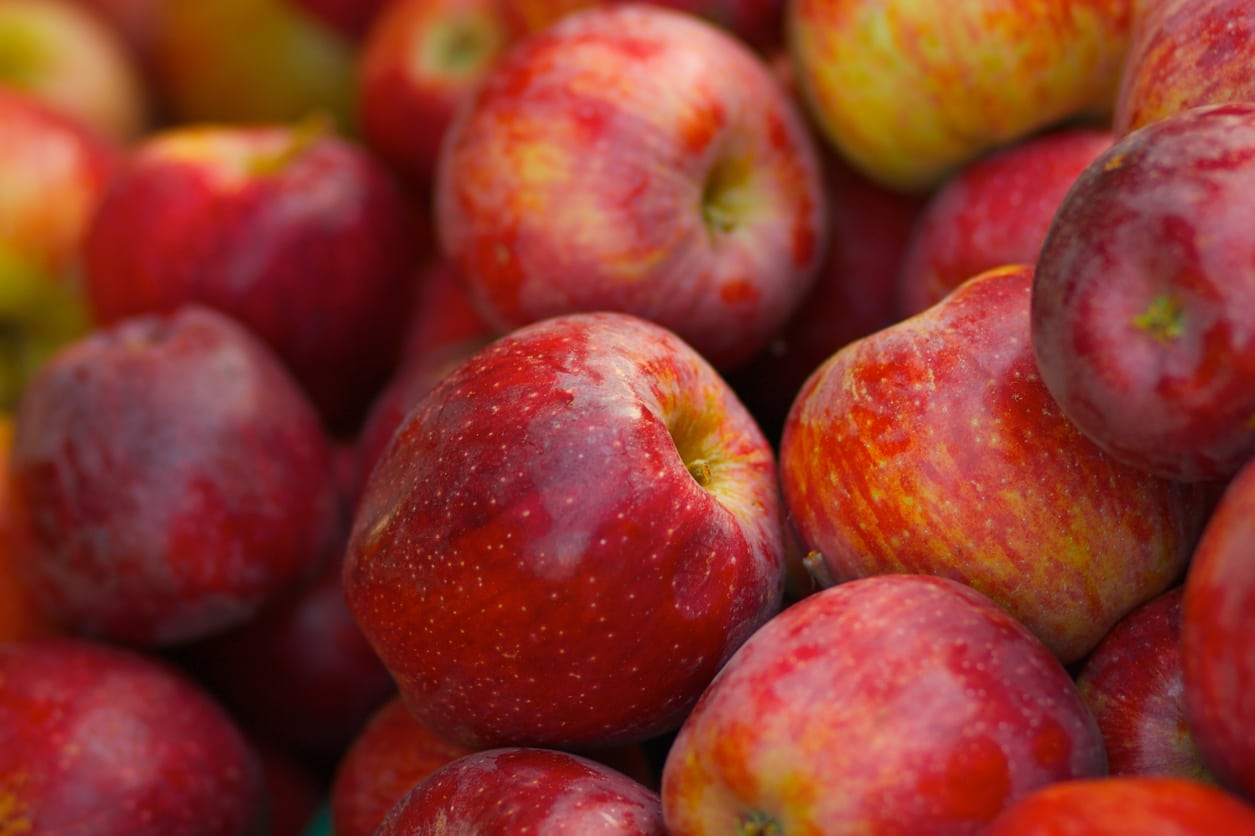Braeburn Apple Care – Tips For Growing Braeburn Apples At Home


Braeburn apple trees are one of the most popular varieties of apple trees for the home garden. They are favored because of their delicious fruit, dwarf habit and cold hardiness. If you live in U.S. hardiness zones 5-8 and are looking for a delicious, easy-to-grow apple tree, Braeburn may be just what you want. Continue reading for tips on growing Braeburn apples.
Braeburn Information
Braeburn apple trees grow about 15 to 20 feet (4.5 to 6 m.) tall and wide. With the proper pollinator, Braeburn apples will produce a plethora of white, sweetly scented apple blossoms in spring. These blossoms are an important nectar source for many pollinators. When the blooms fade, the trees produce large orange to red streaked apples which are usually harvested in October. Many apple lovers rate the flavor of Braeburn higher than other classic favorites such as Granny Smith. They can be eaten fresh or used in any apple recipe. As mentioned above, to get the highest yields from a Braeburn apple tree, you should have another nearby tree for cross pollination. However, a rare thing in the world of apples, Braeburns are self-fertile, meaning you can still get fruit even if you only have one tree. That being said, for higher yields, it is still recommended that you plant a second Braeburn apple in your landscape. Fuji, Granny Smith, Honeycrisp and MacIntosh can also be used as pollinators. Typically, a Braeburn tree will start producing fruit in its first or second year.
How to Grow Braeburn Apples at Home
To produce large, delicious fruits, Braeburn apple trees require 6 to 8 hours of full sun exposure each day. They also grow best in rich, fertile, well-draining soil. Like other apple trees, Braeburn should only be pruned to shape and remove sick, damaged or weak limbs when the tree is dormant in winter. At this point, it is also recommended to use horticultural dormant sprays to prevent common diseases and pests of apple trees. Be certain to use sprays designed specifically for edibles. Braeburn apples are highly regarded for their high yields and quick growth. They typically require very little care or maintenance besides annual pruning and spraying. However, drought can severely impact the fruit yield of Braeburn. In times of drought, be sure to water your Braeburn apple tree deeply, especially if the foliage looks wilted, drops or if fruit begins to prematurely drop.
Sign up for the Gardening Know How newsletter today and receive a free copy of our e-book "How to Grow Delicious Tomatoes".

Darcy is a former contributor to Gardening Know How. She is a professional landscape designer and gardening writer with experience in plant sales. An avid gardener, Darcy has a passion for sharing practical tips to help others grow.